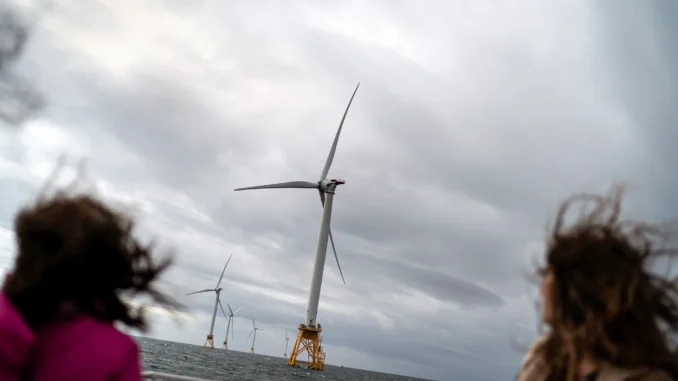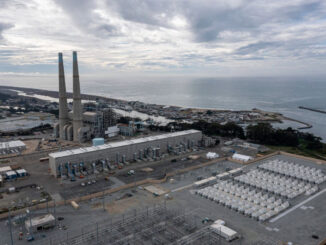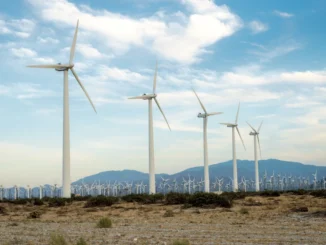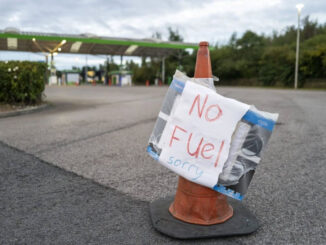
Red tape has become an unwitting accomplice to climate change.
Too often, clean energy projects needed to end our carbon dependence and protect our environment become bogged down by permitting and legal quagmires.
This must end.
This week, Gov. Gavin Newsom signed several infrastructure-streamlining bills out of a package of measures he had proposed in May to fast-track water, transportation and clean energy projects by reforming the state’s cumbersome permitting processes and the California Environmental Quality Act. By introducing his measures as budget trailer bills, Newsom drew criticism from environmental organizations and legislators who argued he was abusing the budget process.
The bill signing ceremony ended a period of tumult between the administration and a legislature that so far has only passed five of the governor’s 11 proposed measures. But any lingering animosity must be set aside because there is plenty of work that still needs to be done and no time to waste.
California needs to add more clean, renewable energy to our grid as soon as possible. Newsom and the Legislature must act with urgency in a transparent, thoughtful and collaborative manner to expedite California’s drive to decarbonize our homes and businesses.
California is an economic powerhouse, but its electrical grid is its Achilles heel.
After two consecutive days in August 2020 of rotating electrical outages throughout the state, Forbes reported the blackouts “exposed the fragility of one of the most expensive and least reliable electric grids in North America.” The 10-day “heat dome” of September 2022 brought Californians within a hair’s breadth of more rolling power outages.
California energy officials are “cautiously optimistic” that the abundant water supply in state reservoirs due to this winter’s historic snowpack will generate enough hydroelectricity to help avoid dangerous power outages this summer. But weather forecasters expect an El Niño pattern this year, a weather wild card that could cause blistering heat waves and again test the resiliency of our electrical grid.
California now has 35 gigawatts of clean electricity to help power the grid but needs an additional 148 GW by 2045 to meet the clean energy mandate established under a 2018 law, Senate Bill 100. With a diverse array of renewables, increased clean energy coordination with neighboring states, and flexible demand, storage and transmission buildout, a cleaner and more reliable grid is within our grasp.
A 2022 report by GridLab and Telos Energy found that California can reach 85% clean energy by 2030 without compromising reliability, even “under stressful conditions.”
California has set a goal to generate up to 25 GW of clean, renewable energy from offshore wind development by 2045. The Legislature is also considering several clean energy bills, including measures to develop wave and geothermal energy, place solar panels along California’s vast highway system and ensure clean energy procurement to bolster offshore wind development.
But once a clean energy bill is signed into law, there is a thicket of bureaucratic and legal obstacles to overcome.
Coordinating agency permitting and environmental review of clean energy projects, as well as adopting a unified approach to prioritizing transmission development and addressing local land use constraints, are further steps the governor and legislature could take to reduce the delays on clean energy and transmission development.
California’s transformation to a decarbonized economy will reap many rewards, including climate mitigation, improved air quality and health outcomes for disadvantaged communities, the development of new technologies that bolster one of the largest economies in the world.
But to remodel our energy future, we need first to remodel our thinking with the sense of urgency and creativity that is needed to take action before it’s too late.
Terry Tamminen is the president and CEO of AltaSea. He served as the secretary of the California Environmental Protection Agency under Gov. Arnold Schwarzenegger.



